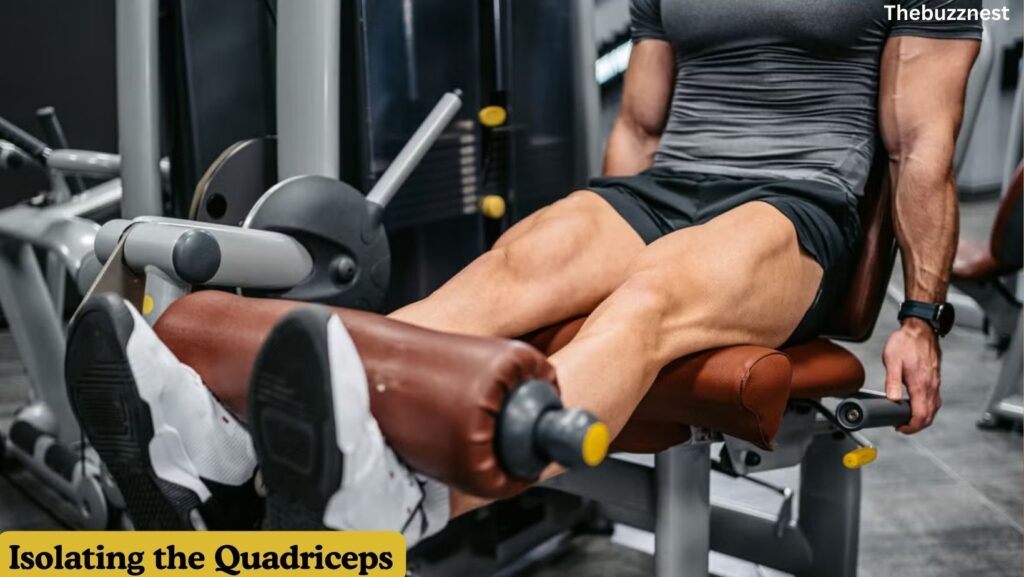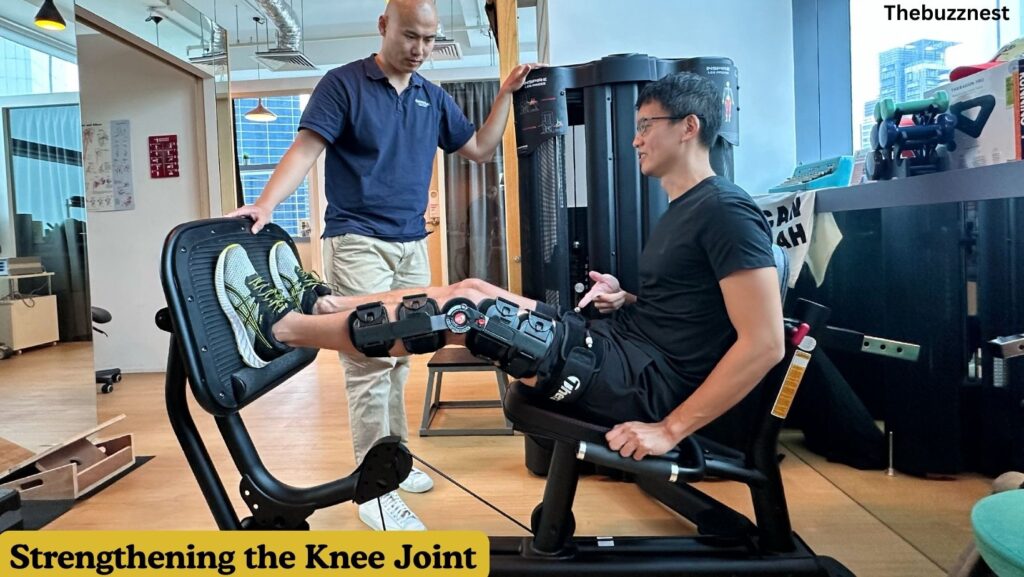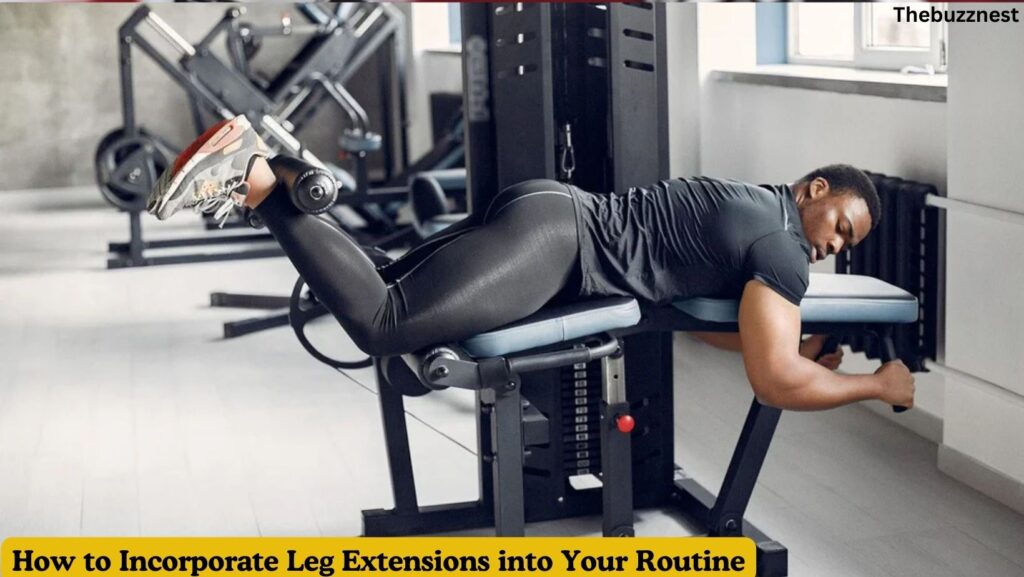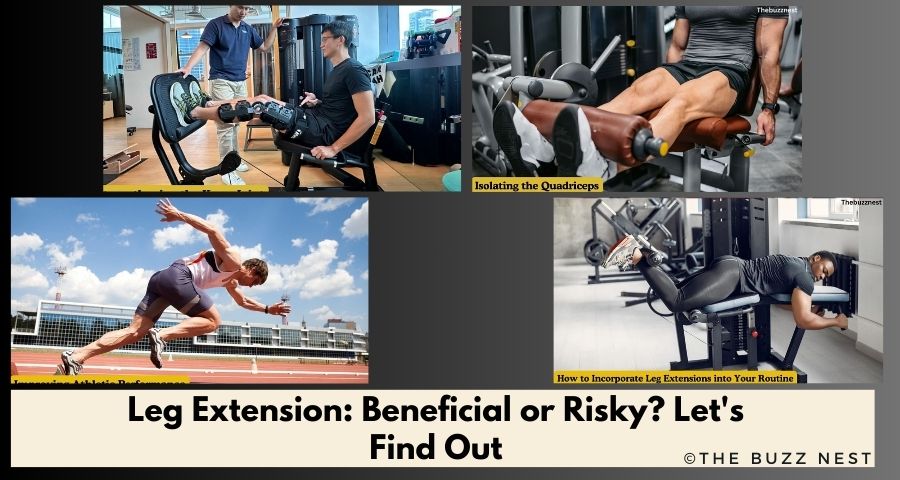Let us share our enthusiasm for leg extension—they’ve become a staple in our workout routines! We love how they directly target the quads, providing a focused and effective way to build strength in our legs. This exercise isolates the front of the thighs, making it an ideal choice when we aim for that satisfying, deep burn and noticeable muscle definition. However, as with any exercise, it’s crucial to approach leg extensions with a nuanced understanding of both their benefits and potential risks. Balancing these aspects helps us make the most out of our workouts while maintaining safety and effectiveness. By delving into the key benefits, risks, and best practices for incorporating leg extensions, we can ensure that this powerful exercise contributes positively to our overall fitness goals.
Key Benefits of Leg Extensions
1. Isolating the Quadriceps

One of the standout features of leg extensions is their ability to laser-focus on the quads. Unlike exercises like squats that engage multiple muscle groups, this exercise isolates the front of the thighs. When we crave that deep burn and muscle definition in our quads, leg extensions deliver exactly that. It’s satisfying to feel the targeted muscle getting all the attention!
2. Strengthening the Knee Joint

This benefit is often overlooked. Leg extensions can actually help strengthen the muscles surrounding the knee joint. With proper form, this exercise builds up the quads, which in turn supports the knee. After regularly incorporating leg extensions, we’ve noticed our knees feeling more stable and stronger in everyday activities.
3. Improving Athletic Performance

For those looking to enhance performance, leg extensions can make a significant difference. We’ve found that they boost our power in running and cycling. Strong quads contribute to faster sprints and better jumps, helping us push our limits in sports.
Not only an Apple, but A Banana a day can also keep away doctors from your life. Read about Banana Nutrition and Health Advantages.
Risks Associated with Leg Extensions
1. Knee Strain and Injury
Let’s be candid—without caution, leg extensions can strain the knees. We’ve learned to avoid heavy weights and prioritize proper form to prevent uncomfortable pressure on the knee joints, especially the ACL. Safety should always come first!
2. Limited Muscle Engagement
While leg extensions offer a fantastic quad burn, they don’t work the entire leg. To achieve a well-rounded workout, we balance them with squats and lunges. This variety prevents muscle imbalances and contributes to overall leg strength.
3. Overuse and Wear on Joints
Excessive leg extension can lead to joint wear. To prevent this, we keep our routines varied, incorporating rest days and a mix of exercises to avoid overuse injuries.
How to Safely Incorporate Leg Extensions into Your Routine

1. Use Moderate Weight
It’s essential to remember: lifting the heaviest weight isn’t the goal. We stick with lighter weights to maintain proper form and protect our knees. As we become more comfortable, we gradually increase resistance, always prioritizing safety.
2. Pay Attention to Range of Motion
Controlling the movement is key. Keeping our knees slightly bent at the top of the extension helps prevent unnecessary strain. This controlled motion effectively targets our quads without causing joint discomfort.
3. Combine with Compound Exercises
To create a balanced leg workout, we mix in squats, lunges, and deadlifts. This combination not only strengthens all our leg muscles but also helps prevent injuries, ensuring overall leg health.
Common Myths About Leg Extensions
1. “Leg Extensions Will Always Damage Your Knees”
It’s often said that leg extensions are harmful to the knees, but this is only true if performed incorrectly. By using proper form and appropriate weights, we’ve found that our knees remain in good shape.
2. “Leg Extensions Are the Only Way to Build Quads”
Leg extension are fantastic for quads, but they’re not the sole option. We also incorporate squats, lunges, and leg presses to keep our workouts balanced and engaging.
3. “More Weight Means Better Results”
This myth can lead to injury. We’ve discovered that focusing on technique and proper form yields better results than simply lifting heavier weights. Progress doesn’t require maxing out.
Leg extensions are an excellent exercise for building quad strength and improving athletic performance. They offer effective, enjoyable workouts with that satisfying quad burn. By using moderate weights, maintaining good form, and mixing them with other leg exercises, we can reap the benefits while minimizing risks. Whether our goal is stronger legs, better knee support, or enhanced athleticism, leg extensions can be a valuable addition to our routine.

